Disclosure: This article contains affiliate links. We may earn a commission from purchases at no extra cost to you, which helps our travel content.
There's something about Budapest in winter that speaks to my investigative soul. Perhaps it's the steam rising mysteriously from thermal waters against Gothic architecture, or the way the Danube splits the city like a perfect alibi with two distinct personalities. After years of chasing evidence through crime scenes, I've developed an eye for environments that tell stories—and Budapest narrates a compelling tale of imperial grandeur meeting contemporary luxury. When my architect friend Miranda suggested a weekend escape from case files and California sunshine, I immediately thought of Hungary's capital. Having visited during different seasons, I can confidently testify that winter transforms Budapest into its most opulent version, when thermal baths steam dramatically against the cold air and luxury hotels showcase their coziest amenities. This isn't just travel; it's a 48-hour immersion into a world where historic elegance meets modern indulgence.
Where to Stay: Budapest's Most Exclusive Addresses
My detective instincts have always drawn me to properties with character and security in equal measure. Budapest delivers both in its luxury hotel scene, where historic buildings have been meticulously restored into sanctuaries of comfort.
The Four Seasons Gresham Palace remains my primary recommendation for those seeking the ultimate Budapest experience. Positioned directly facing the Chain Bridge, this Art Nouveau masterpiece offers rooms with sweeping Danube views that I've spent hours analyzing, much like I would crime scene photographs. The attention to architectural detail—from the stained glass to the mosaic floors—satisfies even my husband's exacting architectural standards. Request a river-view suite on the top floor for optimal privacy and panoramas.
For those seeking a more intimate experience, the Aria Hotel Budapest offers themed quarters based on musical genres. During my last visit, I stayed in the Jazz wing, where the soundproofed rooms provided welcome respite after days of exploration. Their rooftop High Note SkyBar offers one of the best vantage points of St. Stephen's Basilica—a detail not lost on someone trained to secure optimal observation positions.
The Matild Palace, a Luxury Collection Hotel represents Budapest's newest ultra-luxury offering. Housed in a UNESCO-protected building commissioned by Princess Marie of Saxe-Coburg and Gotha in 1902, the restoration has preserved historical elements while introducing modern comforts like heated bathroom floors—a detail you'll appreciate after winter explorations. The Duchess rooftop bar provides both exceptional cocktails and discreet corners for private conversations.
I always travel with my own pillow case and a silk sleep mask to ensure consistent sleep quality regardless of location. Even in five-star properties, these personal touches make unfamiliar surroundings feel immediately secure.
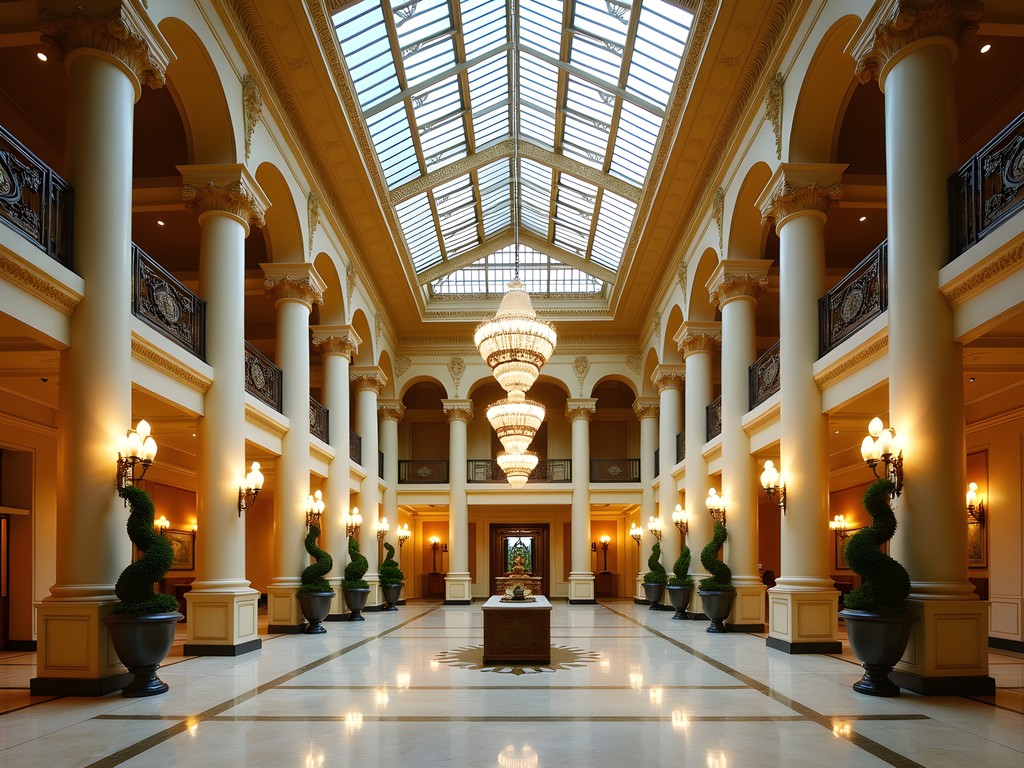
💡 Pro Tips
- Request rooms facing away from Erzsébet Square if you're a light sleeper, as weekend revelry can continue into early morning hours
- Most luxury hotels offer complimentary car service to major attractions—arrange this at least 3 hours in advance during peak hours
- The best rooms are often not on booking sites—call the concierge directly and inquire about special packages with spa credits
Thermal Bath Culture: Budapest's Liquid Gold
If there's one element that elevates Budapest beyond other European luxury destinations, it's the city's thermal bath culture. As someone who spends days analyzing evidence in high-stress environments, I've found few experiences more restorative than submitting to Budapest's healing waters.
Széchenyi Baths may be the most photographed, but winter transforms this experience entirely. The steam rising from outdoor pools against neo-baroque architecture creates a theatrical backdrop as snowflakes occasionally drift into the 38°C waters. While tourists flock here, the true luxury experience lies in arriving when they open at 6am. For two precious hours, you'll share the space with locals who treat these waters as their morning ritual. The contrast between frigid air and therapeutic warmth creates a sensory experience that resets even the most overactive mind.
For a more exclusive experience, Gellért Baths offers private cabins and VIP massage treatments in an Art Nouveau masterpiece. The stained-glass windows and ceramic tiles create an ambiance that feels both historical and timeless. I recommend booking the VIP package, which includes private changing facilities, a dedicated attendant, and priority access to treatments.
However, my investigative instincts led me to discover the lesser-known Lukács Baths, favored by Budapest's medical professionals and intellectuals. The waters here are reputed to have specific therapeutic properties for joint conditions. The complex is less ornate but offers a more authentic experience with its medical focus and local clientele.
I always bring a quick-dry microfiber towel to supplement the often thin rental towels, plus a waterproof case for room keys and phone. Even in luxury facilities, these practical items enhance the experience considerably.
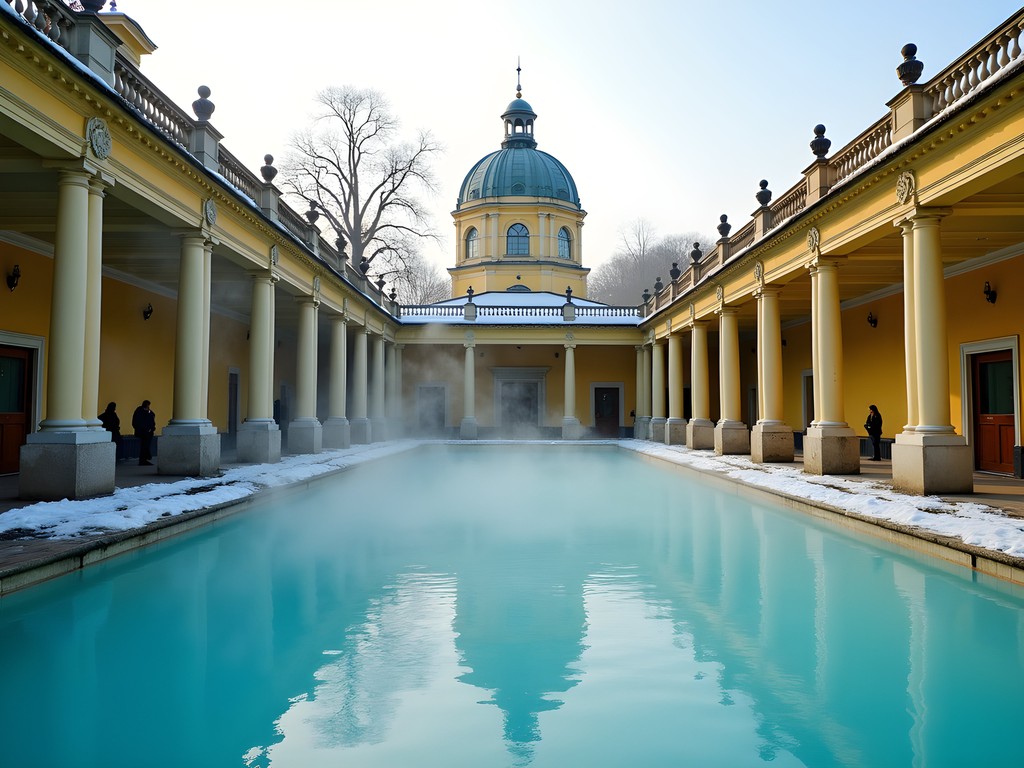
💡 Pro Tips
- Most thermal baths accept credit cards, but bring cash for locker deposits and additional services
- Bathing caps are required for swimming pools (but not thermal pools) and can be purchased on-site
- Tuesday mornings typically see the lowest attendance at most baths—ideal for a more private experience
Culinary Budapest: Beyond Goulash
Budapest's gastronomic renaissance deserves serious investigation. The city now boasts six Michelin-starred restaurants, transforming what was once a hearty cuisine into sophisticated culinary artistry.
Onyx remains Budapest's only two-Michelin-starred establishment, where Chef Ádám Mészáros reinterprets Hungarian classics through a contemporary lens. Their 'Hungarian Evolution' tasting menu traces the country's culinary history through modern techniques. Reserve at least three weeks in advance and request the chef's table for an interactive experience. During my last visit, their reinterpretation of traditional fisherman's soup revealed layers of flavor I hadn't previously detected in the dish—much like finding new evidence in a case I thought I understood.
For a more intimate experience, Borkonyha Winekitchen combines exceptional Hungarian wines with refined comfort food. Their sommelier curates one of the city's most impressive wine lists, focusing on small-production Hungarian varieties rarely exported. The foie gras with Tokaji wine reduction exemplifies their ability to elevate traditional ingredients.
Budapest's café culture also deserves attention. New York Café provides the most opulent setting—Italian Renaissance meets Hungarian extravagance—though prices reflect the ornate surroundings. For a more authentic experience, Café Gerbeaud has maintained its reputation for exceptional pastries since 1858. Their signature Gerbeaud slice pairs perfectly with their house-blend coffee.
During winter visits, I find myself drawn to High Note SkyBar at the Aria Hotel for evening cocktails. Their enclosed rooftop space offers panoramic views regardless of temperature, and their mixologists create Hungarian-inspired cocktails using local ingredients like Unicum herbal liqueur and pálinka fruit brandies.
I always travel with a small digital food scale to maintain portion awareness even while indulging in Budapest's culinary delights. Years in law enforcement have taught me the importance of maintaining physical readiness, even during luxury escapes.
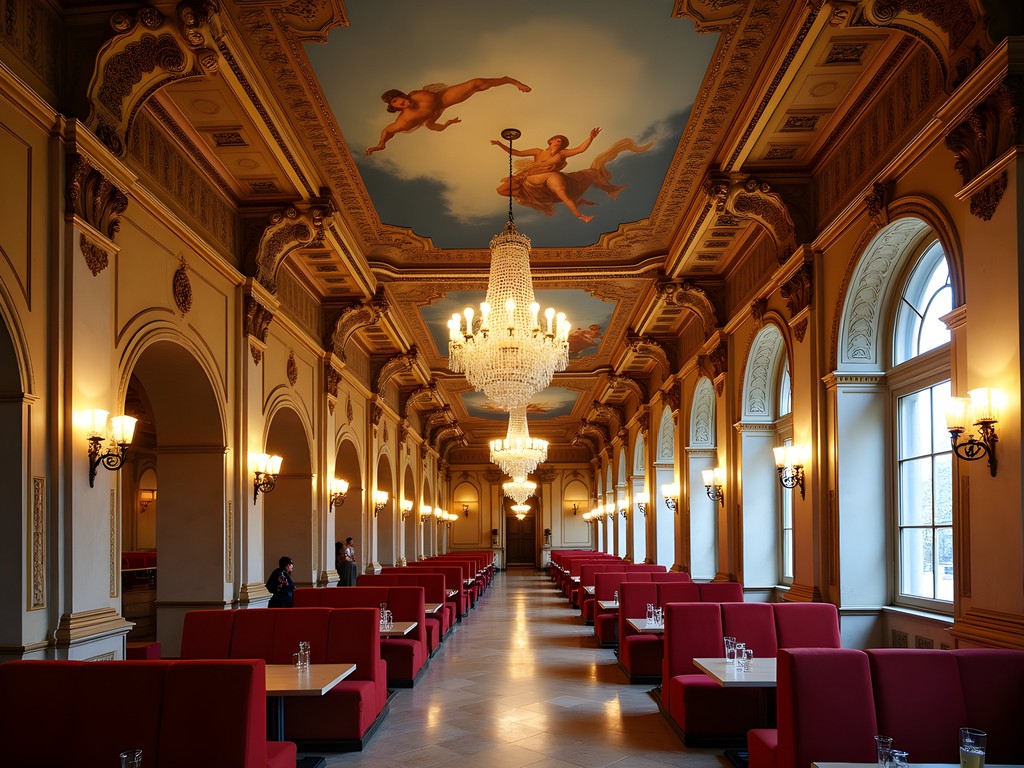
💡 Pro Tips
- Most fine dining establishments require reservations at least two weeks in advance—have your hotel concierge assist with securing prime seating times
- Tipping in Hungarian restaurants typically ranges from 10-15%, though check if service charge is already included
- Many upscale restaurants offer lunch prix fixe menus at a fraction of dinner prices with nearly identical quality
Winter Explorations: Budapest's Architectural Treasures
Budapest's architectural landscape reads like a complex case file—layers of Roman, Ottoman, Habsburg, Art Nouveau, and Soviet influences creating a visual timeline of power shifts and cultural evolution. Winter offers a distinct advantage: tourist numbers drop dramatically while the city's Gothic and neo-classical buildings look their most dramatic against gray skies.
Begin at Buda Castle, arriving via the restored Castle Hill Funicular. Winter mornings often shroud the hill in mist, creating an atmosphere that enhances the medieval complex. The Hospital in the Rock Nuclear Bunker Museum beneath the castle offers a fascinating glimpse into Cold War preparations—my investigative mind appreciates the detailed preservation of this underground facility. Request a private tour to access areas closed to general visitors.
The Hungarian Parliament Building demands closer examination, particularly for its interior. Pre-book the extended English tour that includes the Holy Crown of Hungary. The building's heating system makes it an especially welcome destination on colder days, while the reduced winter crowds allow for unhurried appreciation of its neo-Gothic details.
For a less conventional exploration, Budapest's ruin bars offer architectural intrigue in abandoned buildings transformed into cultural spaces. Szimpla Kert pioneered this movement, but for a more refined experience, visit Mazel Tov—an elegant reinterpretation of the ruin bar concept in the historic Jewish Quarter, serving exceptional Middle Eastern cuisine in a glass-covered courtyard strung with lights.
My husband and I spent an entire afternoon analyzing the Dohány Street Synagogue, Europe's largest. The Moorish Revival architecture contains mathematical precision that satisfies both his architectural eye and my detail-oriented mind. The attached Jewish Museum provides crucial context for understanding the neighborhood's history.
Winter exploration requires proper equipment. I never travel to Budapest in winter without my heated gloves which maintain dexterity for photography while keeping fingers warm during extended outdoor exploration sessions.
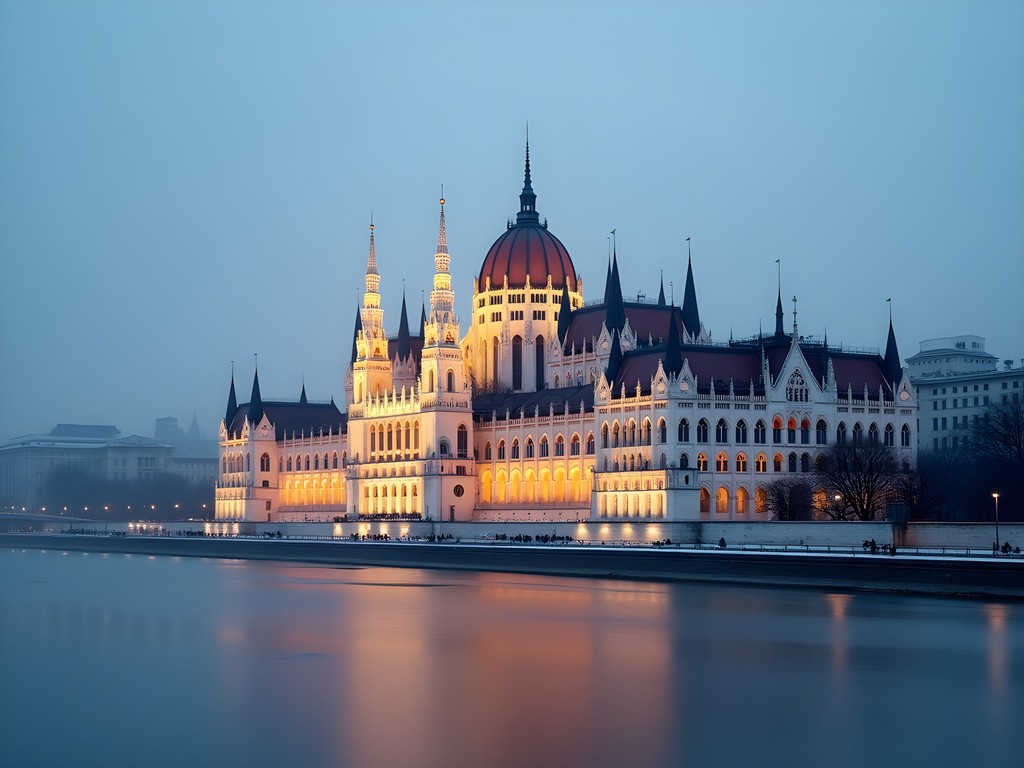
💡 Pro Tips
- Purchase Budapest Cards online before arrival for free public transportation and significant discounts on major attractions
- Many major sites offer private tours outside regular hours—worth the premium for unobstructed photography opportunities
- The free walking tours departing from Vörösmarty Square provide excellent orientation, but tip guides generously (€15-20 per person is appropriate)
Nightlife & Entertainment: Budapest After Dark
Budapest's evening persona reveals itself through a sophisticated array of options that go far beyond typical tourist experiences. My training in reading environments serves me well here—the city's nightlife districts each tell distinct stories through their ambiance and clientele.
The Hungarian State Opera House represents Budapest at its most refined. Winter brings a full calendar of performances in this neo-Renaissance jewel box. Even if opera isn't your preference, the architecture alone justifies attendance. Request seats in the center balcony for optimal acoustics and views of both the stage and the ornate ceiling frescoes. The dress code remains formal—I pack a versatile black dress that transitions from day to evening with simple accessory changes.
For exceptional cocktails, Blue Fox The Bar at the Kempinski Hotel creates innovative drinks in an atmosphere of understated elegance. Their Hungarian-inspired cocktails incorporate local ingredients like Tokaji wine and Zwack Unicum herbal liqueur. As someone who notices details, I appreciate their hand-carved ice program and vintage glassware collection.
Boutiq'Bar offers a more intimate experience, where mixologists create bespoke cocktails based on your flavor preferences. Their tableside preparation becomes performance art, and the speakeasy atmosphere encourages conversation rather than people-watching.
For wine enthusiasts, Doblo Wine Bar in the Jewish Quarter showcases Hungary's impressive viticulture. Their flight of Tokaji Aszú dessert wines provides an educational journey through different sweetness levels and vintages. The knowledgeable staff offer insights into Hungarian wine regions that rarely receive international attention.
Safety remains my priority even while enjoying nightlife. I always carry a compact crossbody bag with RFID protection and slash-resistant straps—professional habits die hard, even in relatively safe Budapest. Position it toward the front of your body in crowded areas, particularly on the 4/6 tram line after midnight.
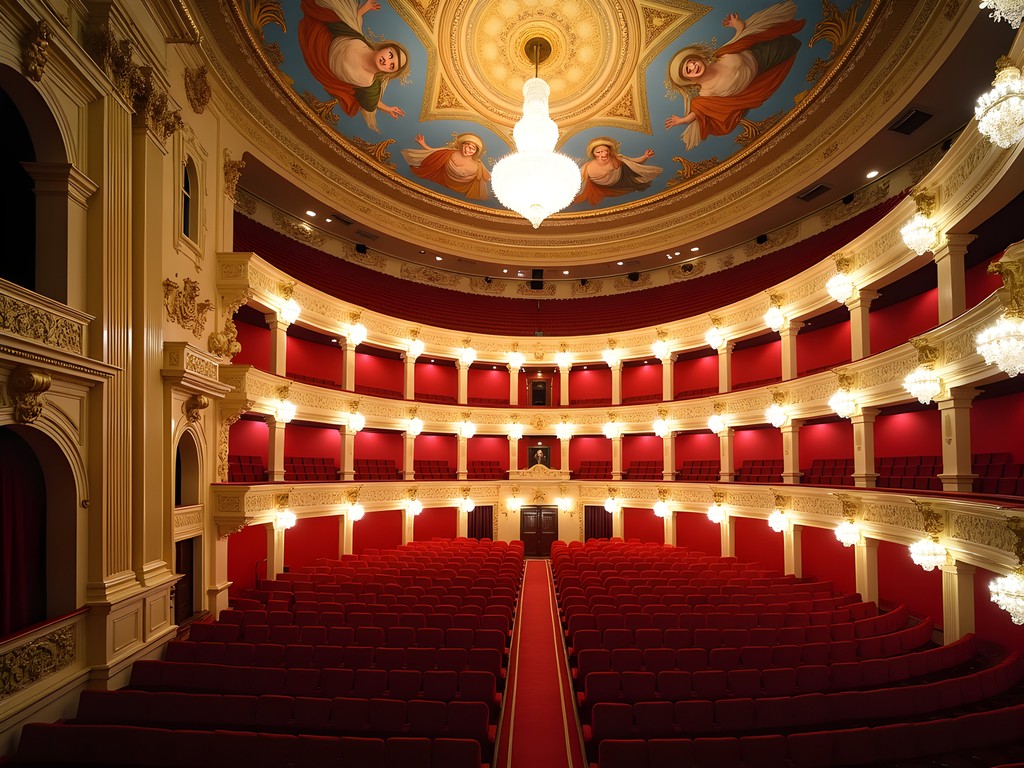
💡 Pro Tips
- Many high-end bars require reservations, especially for Friday and Saturday evenings—have your hotel concierge arrange seating at the bar for the best view of cocktail preparation
- The Budapest Card doesn't cover cultural performances, but many venues offer 10-20% discounts for cardholders on last-minute tickets
- For opera and concert performances, arrive 30 minutes early to order interval drinks—lines become prohibitively long during actual intermissions
Final Thoughts
Budapest reveals itself differently to each visitor, but winter unveils its most intimate and luxurious aspects. The steam rising from thermal waters against snow-dusted architecture, the warm glow of Art Nouveau cafés, and the relative tranquility of off-season exploration create a multisensory experience that satisfies both the body and mind. As someone accustomed to analyzing environments professionally, I find Budapest's layers particularly rewarding—each visit reveals new details and connections I hadn't previously observed. Whether you're seeking physical restoration in the thermal baths, cultural immersion in world-class museums, or culinary discoveries in Michelin-starred restaurants, Budapest delivers with an authenticity that transcends typical European luxury destinations. Pack your thermal swimwear, evening attire, and investigative curiosity—Budapest's case file remains gloriously open for exploration.
✨ Key Takeaways
- Budapest's luxury experiences are most atmospheric and accessible during winter months
- Thermal bath culture represents Budapest's most distinctive luxury offering—worth experiencing at different times of day
- The city's architectural treasures span multiple empires and ideologies, creating a visually compelling narrative
- Hungarian cuisine has evolved far beyond traditional goulash, with six Michelin-starred restaurants now operating in the city
📋 Practical Information
Best Time to Visit
December through February for thermal bath experiences and minimal crowds
Budget Estimate
$1,000-1,500 per person for a luxury weekend, excluding flights
Recommended Duration
3-4 days minimum to experience both Buda and Pest properly
Difficulty Level
Easy

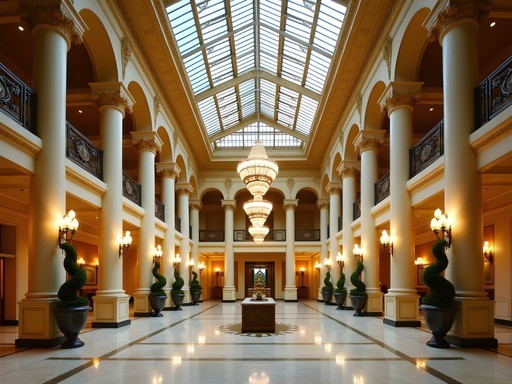
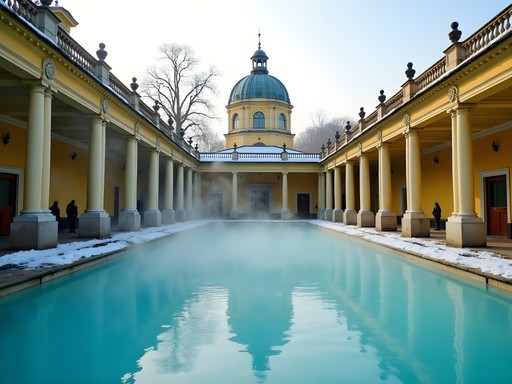
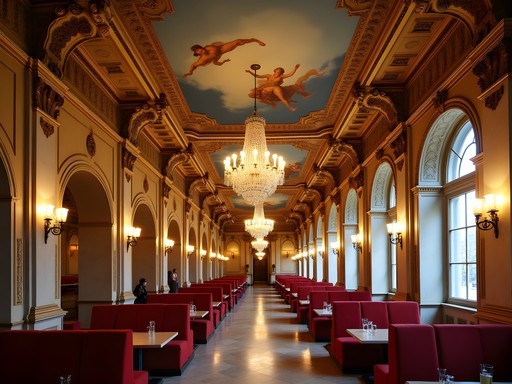
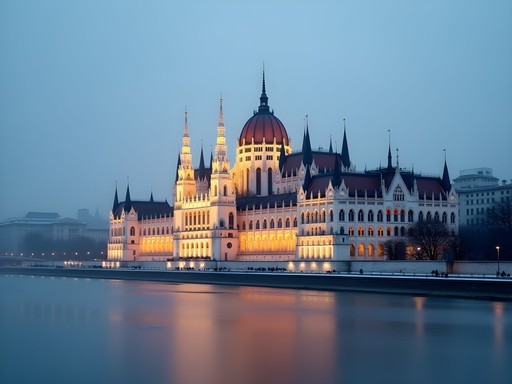
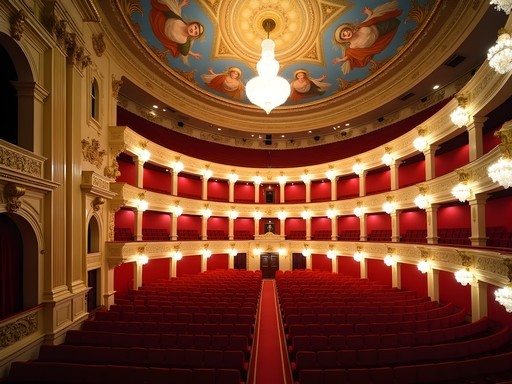





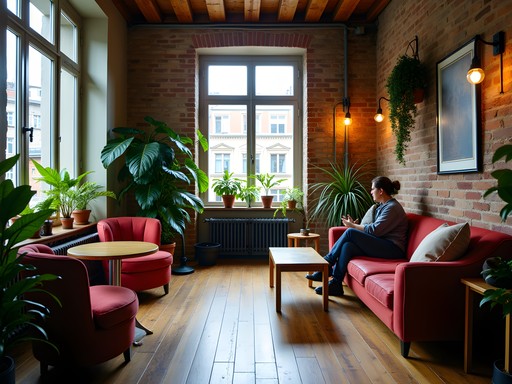
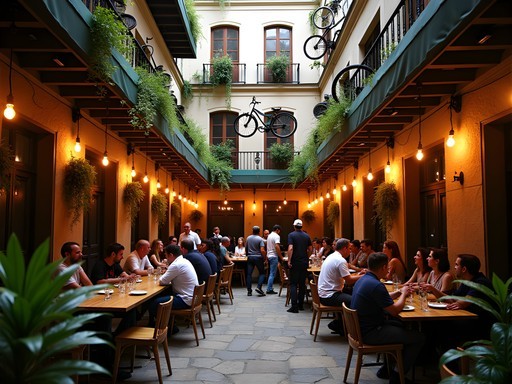
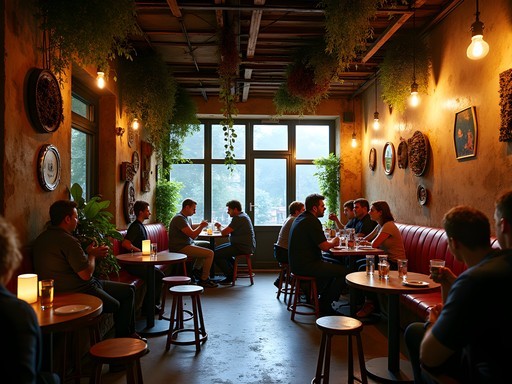

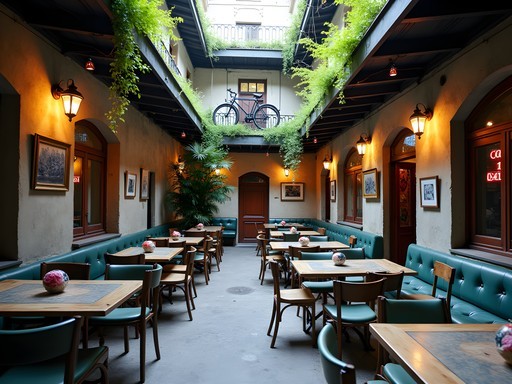
Comments
Hannah Woods
Interesting perspective on luxury Budapest, though I experienced it quite differently as a backpacker. The thermal baths are accessible at various price points, and hostels like Maverick City Lodge offer surprising comfort. For those on a budget, the public transport system is excellent - no need for taxis. The ruin bars in the Jewish Quarter provide a fascinating cultural experience without the high cost of fine dining. Budapest offers luxury for all budgets if you know where to look.
summerbuddy
Thanks for the budget tips! Any specific ruin bars you'd recommend?
Hannah Woods
Szimpla Kert is the most famous, but I prefer Instant for its labyrinthine layout. Anker't is good for a more relaxed vibe. Go early evening to avoid crowds!
smartace
If you're staying at one of those luxury hotels, ask the concierge to book your thermal bath tickets. They often have skip-the-line arrangements that aren't advertised online. Saved us hours at Széchenyi!
Kimberly Murphy
Ingrid, you've captured the essence of winter Budapest perfectly! I was there last February and it truly is magical. For anyone planning a trip, I'd add that the Gellért Baths are worth visiting for the stunning Art Nouveau architecture alone - like swimming in a palace! And don't skip the evening cruise on the Danube - seeing the Parliament Building all lit up at night is unforgettable. For food, I'd recommend Borkonyha (Wine Kitchen) - they have a Michelin star but prices are reasonable by Western standards. Budapest in winter is like stepping into another world!
moonone
Thanks for the restaurant tip! Adding it to my list for next month's trip.
wildexplorer
Love the photos! The steam over the baths looks so mysterious.
summerexplorer
Those hotel recommendations look amazing! Saving this for later!
moonone
Great post! Which thermal bath would you recommend for someone who prefers a less touristy experience? Széchenyi looks gorgeous but I've heard it can get packed.
Hannah Woods
Not the author, but I'd recommend Lukács Baths for a more local experience. Much less crowded and the water quality is excellent. Rudas is also interesting with its Ottoman architecture and has adults-only days.
luckyking
Just got back from Budapest last month and can confirm - winter is THE time to go! The thermal baths are incredible when it's cold outside. We stayed at the Aria Hotel which was pricey but worth every penny for the rooftop views and proximity to St. Stephen's Basilica. Széchenyi baths were crowded even in winter, but going early morning (right when they open) made a huge difference. Also, don't miss the Christmas markets if you're there in December!
summerbuddy
Did you need to book the baths in advance? Planning a trip for January!
luckyking
For weekends, definitely book ahead. Weekdays were less busy but I'd still recommend it just to skip the line. The Budapest Card gives you discounts too!
summerbuddy
Budapest in winter sounds magical! Those thermal baths are definitely on my bucket list.
JazzTraveler
That food section made me hungry! Need to try langos ASAP!
GlobalNomad
Just got back from Budapest last month and this post captures the luxury side perfectly! One tip to add - book a private boat tour on the Danube at night. We used Legenda Cruises and it was magical seeing all the buildings lit up while sipping Hungarian wine. Also, don't miss New York Café for the most opulent coffee experience of your life - yes, it's touristy but that ceiling is worth it! For thermal baths, buying tickets online in advance saved us tons of time, especially for Széchenyi which gets super busy even in winter.
sunsetlegend
Thanks for the cruise tip! Did you need warm clothes for the boat in winter or is it enclosed?
GlobalNomad
They have both indoor heated sections and open-air parts. I'd recommend layers so you can go outside for photos but retreat inside when it gets chilly!
Venture X
Premium card with 2X miles, $300 travel credit, Priority Pass